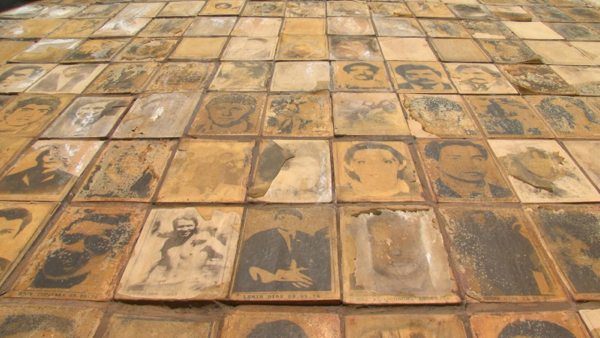Movie review by Greg Carlson
The pre-eminent cinematic chronicler of his country’s history, Chilean filmmaker Patricio Guzman artfully revisits one of his guiding motifs in “Nostalgia for the Light,” one of the finest documentaries to make its way to United States viewers in 2011. Guzman’s oeuvre has been dominated by reflections on the 1973 Pinochet coup and its aftermath, perhaps most forcefully in the three-part “The Battle of Chile,” an achievement that Michael Atkinson claims “should be required viewing for high schoolers everywhere.” Guzman’s meticulously framed latest uses a radio telescope array in the Atacama Desert as a platform to discuss time – most importantly the way that we understand the past, interspersing ruminations on astrophysics and metaphysics with the somber stories of old women who comb the Chacabuco concentration camp grounds for the bone fragments of disappeared loved ones.
Guzman listens to astronomers and closure-seekers alike, intertwining the quantum-esque head trip of professor Gaspar Galaz’s suggestion that the way in which light travels places us in the eternal realm of the “already occurred” with the highly personal accounts of the relatives of Pinochet’s political prisoners. Archeologists and historians also work in the Atacama because the artifacts and remains are so pristinely preserved. Guzman’s technique turns the storylines into meditations on searching, and the yearning, seeking, and questing for answers both immediate and celestial catapults the film into a realm that feels altogether more spiritual than historical.
Despite the harsh and barren landscape of the Atacama and its reputation boasting the Earth’s ideal conditions for stargazing, the desert reveals surprising features that Guzman also chains to his narrative agenda. Pre-Columbian rock carvings and illustrations remain visible despite the ravages of weather and time. A cemetery populated by Chilean miners houses mummified remains in caskets that sit atop the arid ground. The alien landscape, sometimes described as the “driest place on the planet,” shimmers with an otherworldly beauty, even though it has been the site of so much pain. Guzman brings all of these pieces together with startling clarity.
“Nostalgia for the Light” features several stories that confront Pinochet’s destructive impulses, but the director’s careful, measured – sometimes even quiet—presentation carries with it an argument made more powerful and forceful because of its calm, matter-of-fact simplicity. One man made detailed drawings of the layout to the prison in which he was incarcerated. A young woman whose parents were murdered describes being raised by her grandparents and what Pinochet’s legacy means to her now that she has a child of her own. With each of these recollections, Guzman transcends anecdote.
Although “Nostalgia for the Light” did not make the Academy Award shortlist, it recently received the best feature honor from the International Documentary Association and it is assuredly a worthy selection. The movie’s liquid embrace handles the seemingly disparate visual elements in an unpretentious manner. It’s as if Guzman has spent so much time excavating the emotional depths of Pinochet-affected Chileans that he knows exactly how much or how little of his subjects to include. “Nostalgia for the Light” is one of those rare experiences in which the viewer engages in something akin to a conversation with the people being interviewed, which, along with the lovely views of the heavens, testifies to Guzman’s masterful skill.
